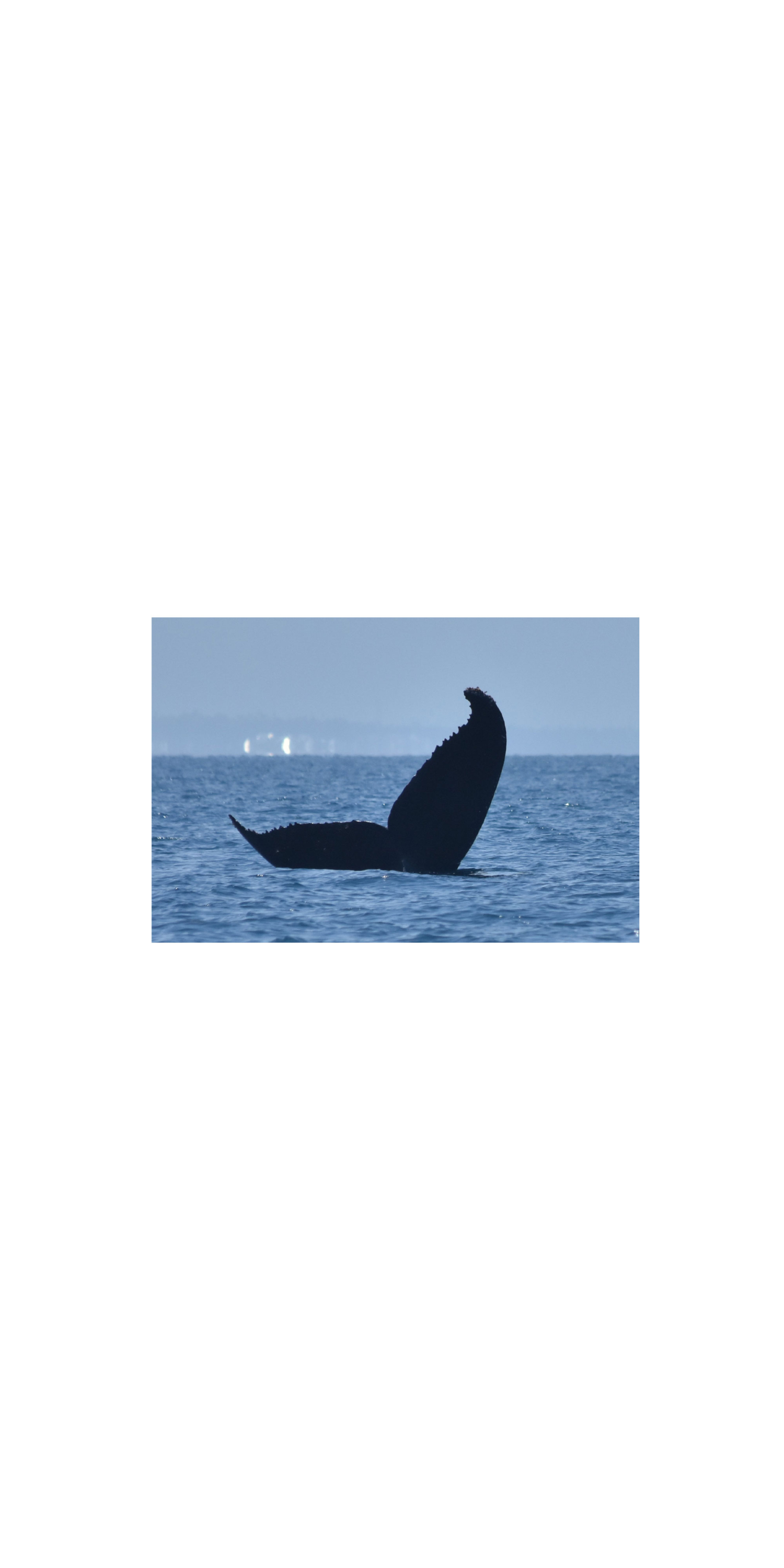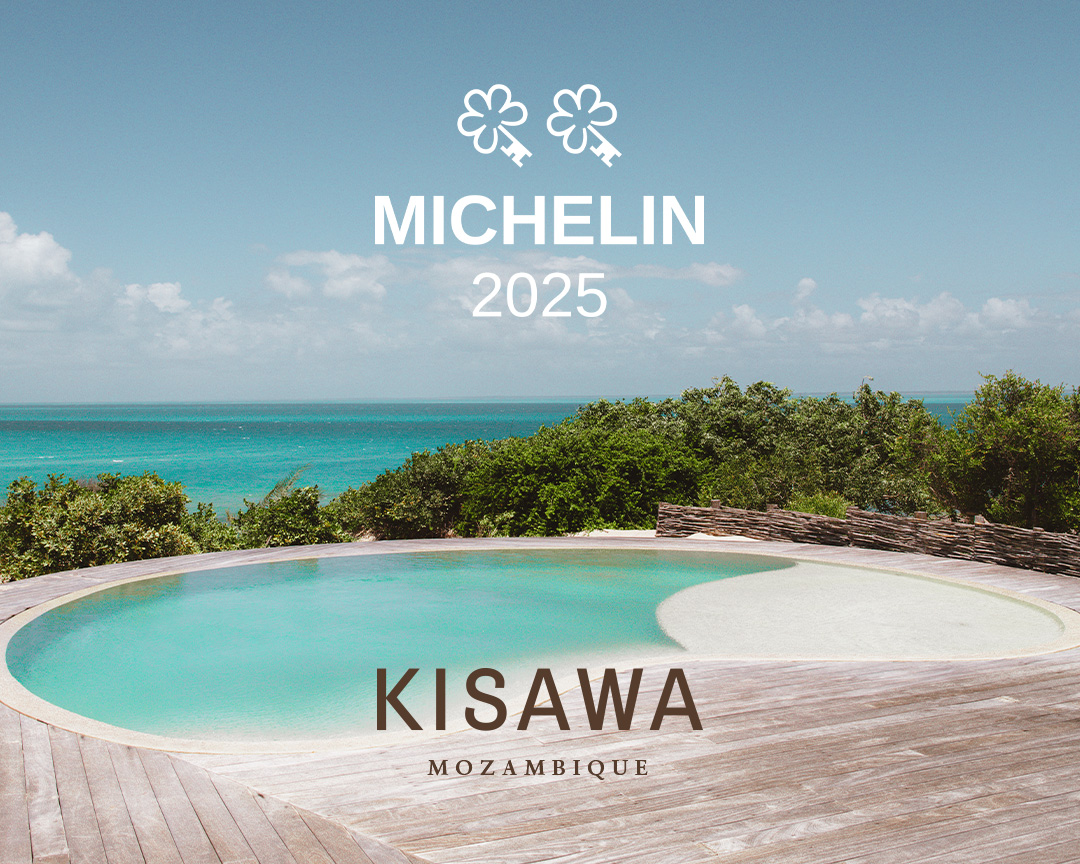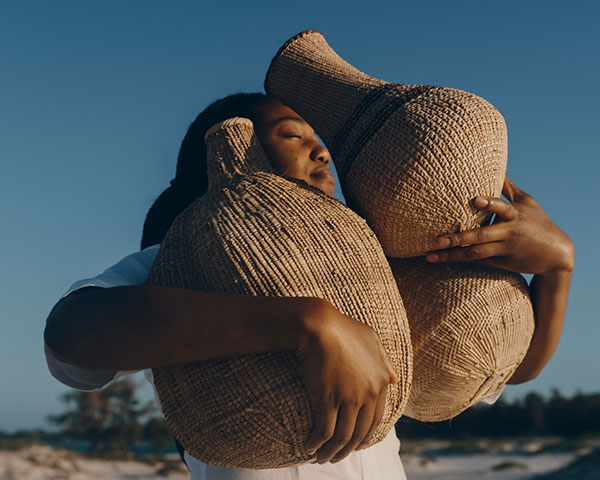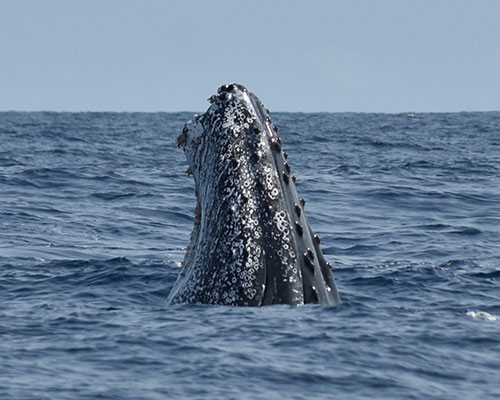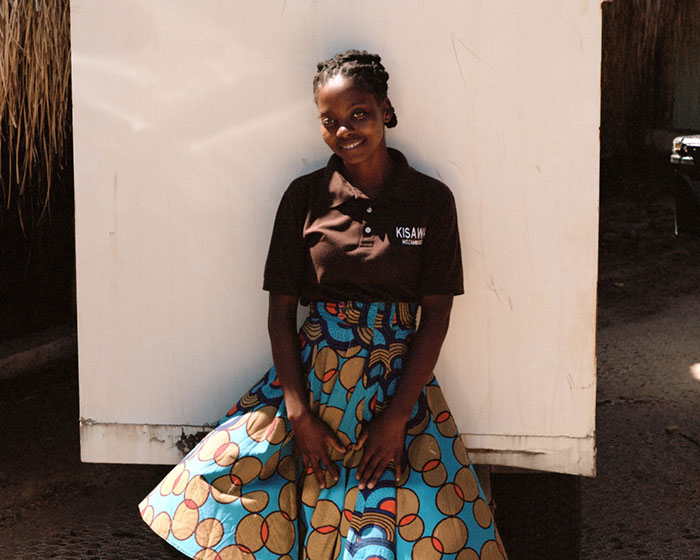Great East African Blue Migration
Exploring whale season with BCSS researcher, Ekaterina Kalashnikova
22 July 2025
July welcomes the return of our wonderful whale season, or more officially, the ‘Great East African Blue Migration’. Kisawa’s position off the eastern coast of Mozambique allows our guests and team the most incredible access to experience this natural marvel, up close.
To understand the magic of the migration, we talk to Bazaruto Center for Scientific Studies‘ Researcher and Marketing & Communications Manager, Ekaterina Kalashnikova.
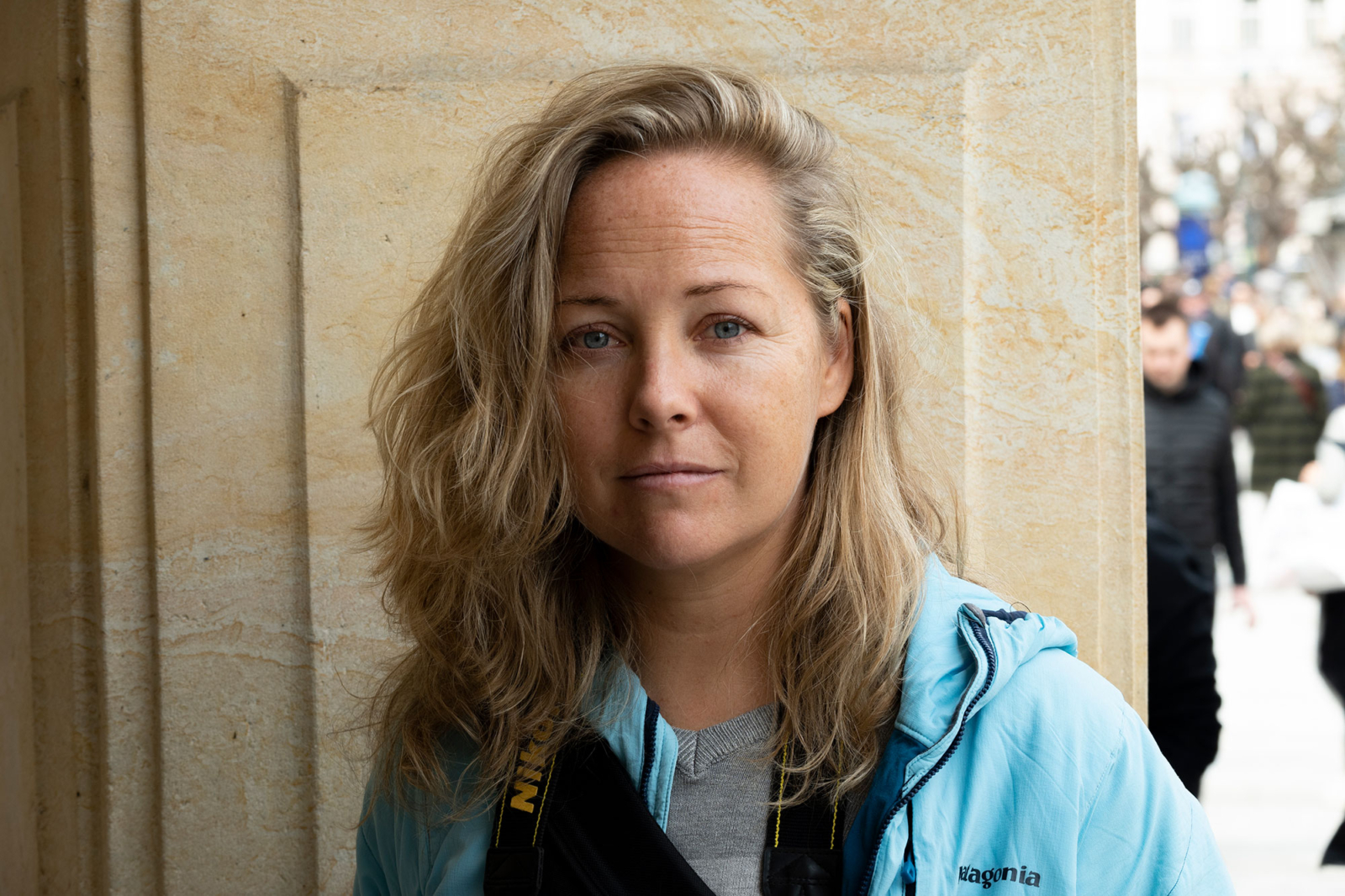
Ekaterina Kalashnikova
Please tell us a little bit about yourself and your role at BCSS.
I am a communication specialist and a researcher at the Bazaruto Center for Scientific Studies and the Founder of the Tanzania Cetaceans Program initiative.
My professional journey spans over 15 years of managing conservation projects across the region, with a focus on linking science and communication. I’m the founder and principal investigator of the Tanzania Cetacean Program, where I’ve been studying humpback whales since 2017. My work is driven by a deep commitment to cetacean research and to making meaningful contributions to both scientific understanding and practical conservation in the Western Indian Ocean.
At BCSS, I am fortunate to combine my background in marine biology with experience in operational management, legal compliance, and capacity building. My current role bridges science and communication—translating complex research into accessible narratives and strengthening collaborations within and beyond the region.
Joining the BCSS team has truly been one of the most rewarding milestones in my professional life. I feel privileged to contribute to an organisation that advances cutting-edge marine science and is skilfully led by the remarkable oceanographer Dr. Mario Lebrato. Working alongside such a dedicated and visionary team is both an inspiration and an honour.

When did your interest in whales begin?
From a very young age, I was captivated by the ocean and especially by cetaceans, even though I grew up in a part of Russia far from the sea. That early fascination led me to pursue academic studies in biology, and eventually brought me to East Africa, where I’ve spent the past 17 years immersed in marine research, conservation, and addressing the complex challenges facing marine megafauna.
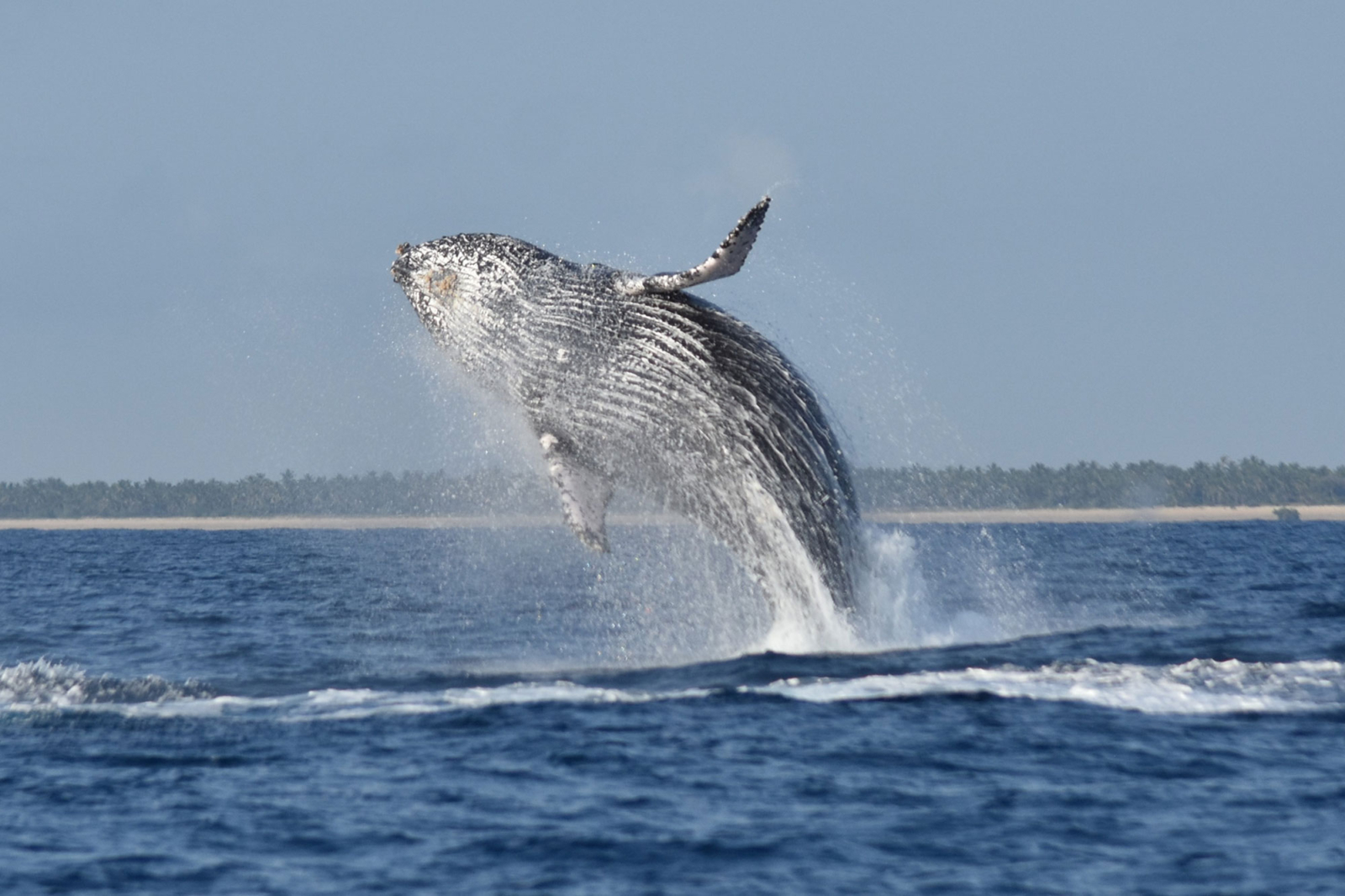
One of your research papers went viral last year. Why was it so popular?
Yes, that’s correct! One of our humpback whale research papers went viral after we documented the longest recorded great-circle distance between two breeding grounds for this species. The same whale was first photographed off the coast of Colombia and then, five years later, off Zanzibar—an extraordinary shift across ocean basins.
While tracking actual migration routes is complex and often speculative without satellite tags, we estimated that this individual likely traveled a minimum of over 18,000 km. The real journey was probably even longer. These kinds of longitudinal shifts are extremely rare for humpbacks, making this finding scientifically significant.
The story resonated widely because it combines the power of long-term research, citizen science platforms like Happywhale, and the mystery of long-distance animal migrations—all set against the backdrop of global environmental change. Our work focuses on understudied regions like East Africa to help fill critical data gaps and understand whether events like this are anomalies or part of a broader trend.
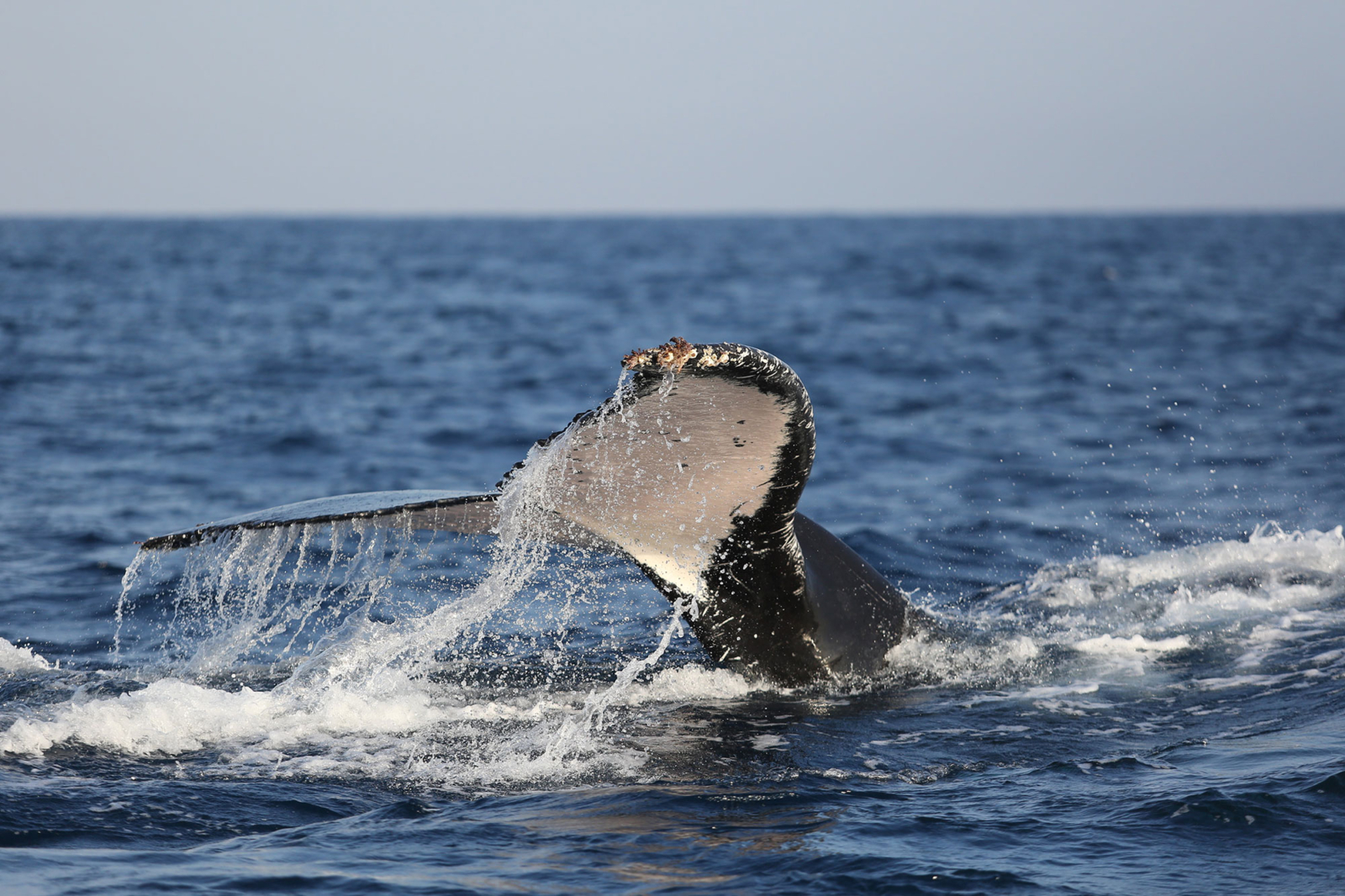
What makes the humpback migration we see from Kisawa and BCSS so special?
The humpback migration we witness from Kisawa and BCSS is truly unique because it offers a front-row seat to one of nature’s greatest recoveries. Once hunted to near extinction, these whales are now returning in remarkable numbers to the Bazaruto Seascape—a vital part of the Indian Ocean Whale Sanctuary. Every season, we observe their dynamic behaviors up close, from breaching to mother-calf bonding, all set against a backdrop of growing scientific discovery and conservation.
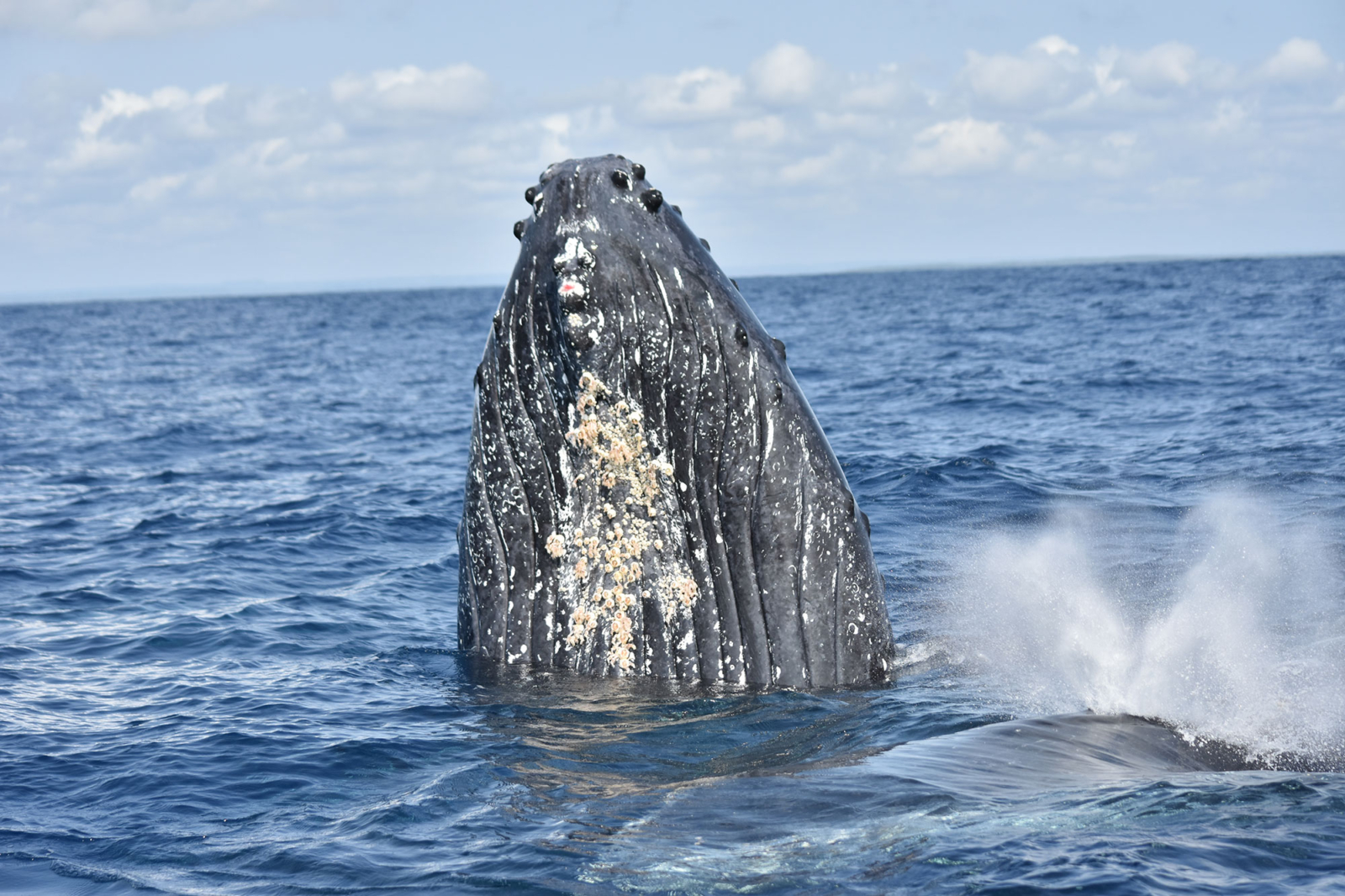
What’s your favourite whale encounter story?
One of my favourite whale encounters happened right in the middle of the Zanzibar Channel. We were on a small boat when we came across a lone male humpback whale singing—loudly, clearly, and continuously. We had our drop-down hydrophone onboard and managed to record a full song, which usually lasts around 16–20 minutes.
Getting a clean recording like that is incredibly rare—engines need to be off, the whale has to stay nearby and keep singing, and ideally, no other whales should be vocalising nearby (which is tricky on a breeding ground where everyone’s trying to attract a mate!). But that day, everything aligned. The whale stayed with us for over an hour, and his song was so powerful we could hear it through the hull—no headphones needed.
We later analysed the song and presented the findings at an international conference. Of course, we named him Pavarotti. Encounters like this remind us how much there still is to learn—male humpbacks share complex, evolving songs at the population level, and these vocal patterns help us understand their social structure and migration connectivity across ocean basins.
.

How can whale lovers from around the globe contribute to their understanding and conservation?
Whale lovers around the world can make a real impact by joining citizen science initiatives like Happywhale. Whether you’re a diver, sailor, or ocean enthusiast, simply photographing a whale’s fluke or dorsal fin—and uploading it with the date and location—helps scientists track individual whales across oceans.
At BCSS and Kisawa, we’ve partnered with Happywhale to contribute sightings from the Mozambique Channel, a key migratory route. Each photo helps expand global understanding of whale movements, behaviour, and conservation needs.
You don’t need to be a scientist to make a scientific impact—just a camera and curiosity. Join the journey!
